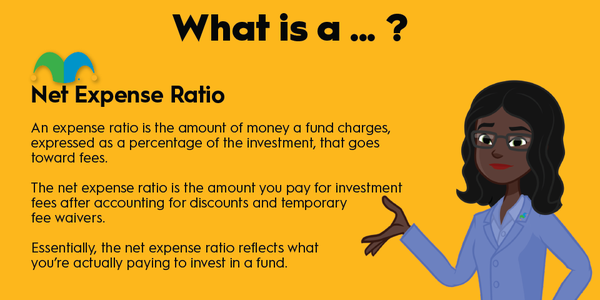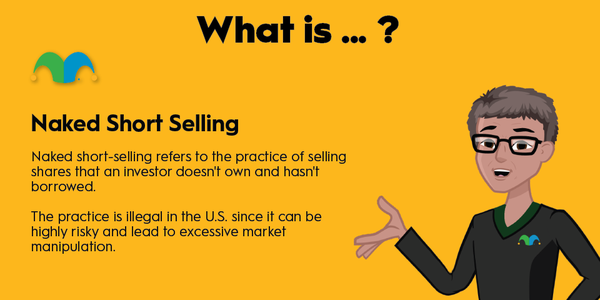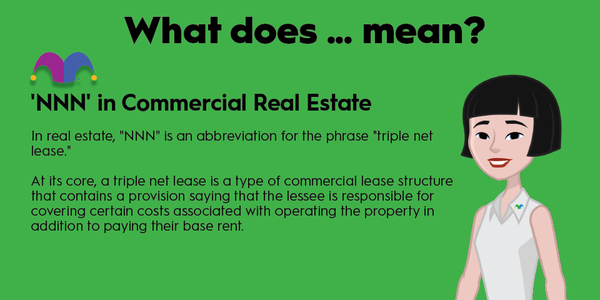Investing can sometimes feel like learning a new language, with its unique vocabulary and complex concepts. One term that often pops up in investment discussions is a "no-load fund." But what exactly is it? Let's break it down.

What is a no-load fund?
What is a no-load fund?
Some mutual funds charge a fee when you buy or sell shares. A no-load fund skips these sales fees on both the front end (when you buy shares of the fund) and the back end (when you sell shares and withdraw your cash). In other words, you don't have to pay a fee to put money in the fund or take it back out. This is a key characteristic that sets no-load funds apart from front-load or back-load funds, where ownership comes with a fee for buying or selling shares, respectively.
Most no-load funds are index funds, set up to automatically reflect the components of a market index. This approach leaves the hard work of stock selection to the index managers, allowing the fund to automate things and charge minimal management fees overall. The no-load philosophy is a natural philosophical fit for the index fund method.
Why is a no-load fund important?
Why is a no-load fund important?
No-load funds are important because they deler cost savings to you, the investor.
When you buy shares of a mutual fund that charges a load fee, it comes with an extra charge just for the act of investing. This fee can eat into your returns over time.
With no-load funds, you avoid these fees, meaning more of your money is working for you in the market. This should increase your returns in the long run.
It's important to note that no-load is not the same as charging no fees at all. No-load funds can still charge other fees, like redemption or annual management fees, so it's crucial to understand all the costs involved before investing. Still, it's a great start to be able to buy and sell the fund with no additional charges for that simple privilege. Some investors see it as a deal-breaker and won't touch any fund that charges a load fee.
What can I do with this information?
What can I do with this information?
Knowing about no-load funds can help you make more informed investment decisions. If you're an investor who prefers to manage your own portfolio while keeping costs low, no-load funds could be a good fit for you.
But you still have to do your due diligence. Low or nonexistent fees may be a good start, but there are many important characteristics to consider before investing in a particular mutual fund. You should research the fund's strategy, performance history, and any other fees it might charge. The people or company that manage the fund may have a stellar reputation -- or a terrible one.
All of these aspects will play into your choice of mutual funds. Remember, the absence of a load fee doesn't automatically make a fund a good investment. It's just one of many factors to consider in your overall investment strategy.
Example: Vanguard's no-load funds
Example: Vanguard's no-load funds
Vanguard, one of the world's largest investment management companies, is renowned for its low-cost, no-load mutual funds. The company's philosophy is centered around offering high-value, low-cost investment options to its clients, and no-load funds fit perfectly into this strategy. Investing legend Jack Bogle, who founded the firm and managed it for several decades, famously preferred index funds with minimal management fees, so it should come as no surprise that Vanguard's funds rarely charge load fees, either.
One of Vanguard's flagship no-load funds is the Vanguard 500 Index Fund (VFINX -0.87%). This fund is designed to track the performance of the S&P 500 (SNPINDEX:^GSPC) market index, which consists of the 500 largest U.S. companies measured by market capitalization. By investing in this fund, you're essentially buying a small piece of these 500 companies.
The Vanguard 500 Index Fund is a popular choice for investors for several reasons. First, since it is a no-load fund, investors can buy or sell shares without paying a sales commission. This can result in significant cost savings, especially for those who frequently buy or sell shares.
Related investing topics
Second, the fund has a low overall expense ratio. The expense ratio is the annual fee that all funds charge their shareholders, and it accounts for every charge the fund manager takes as compensation for their services. The Vanguard 500 Index Fund has a 0.04% expense ratio, reflecting Bogle's hands-off, low-cost fund management approach. It is significantly lower than the average mutual fund expense ratio, which can range from 0.5% to 1.0% or more. It's also low enough that the fee doesn't hamper your real-world returns to a meaningful degree. This is about as close to a zero-percent rate as you can get in the real world.
Finally, the fund offers broad market exposure. By tracking the S&P 500, investors get a piece of a wide array of sectors and companies. This provides a robust level of diversification, which reduces market risks.
So the Vanguard 500 Index Fund easily springs to mind when I think about solid, well-diversified, and cost-effective mutual funds. There are many more from Vanguard and others, but investors flock to this Vanguard option for good reason, making it one of the largest forces on the stock market. With $770 billion under management as of July 2023, the earth on Wall Street shakes when this fund rebalances to match the biannual updates of the S&P 500 index.
And you don't have to pay load fees to get in on the Vanguard 500 Index Fund's action. It's a cost-effective way to add instant diversification to your portfolio.



























